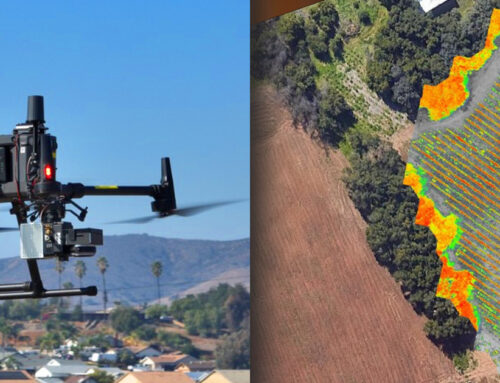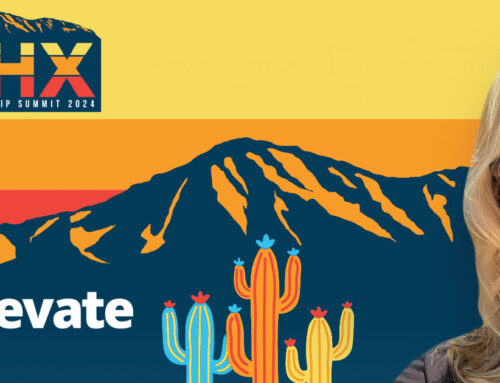In the summer of 2016, I began my doctoral-level academic journey. My destination was to more deeply understand the Coachella Valley economy. I wanted to determine what ailed our region and identify the steps we could individually and collectively take to improve our economy. I thought I had an excellent grasp of our market. As an 11-year Valley resident and a real estate professional focused on land entitlement, development, and construction, I had mental maps of land and demographics spanning from the Morongo Basin to Imperial County. I thought the Coachella Valley had a shallow but resilient economy. Boy, did I have a lot to learn.
As I wrap up my dissertation, I have spent hundreds of hours researching global economic development trends and have interviewed the Valley’s most influential non-elected leaders. I am awash in emotion. On one hand, my research has revealed not a shallow and strong economy, but a fragile economy replete with significant inequity, limited opportunities for upward mobility, and a near 50% poverty level.
On the other hand, I am optimistic. Through collaboration and a realistically-funded approach to strategic economic development, we can improve our economy. We can change from a fragile economy, one that, pre-COVID-19, was still recovering from the 2008 market crash, to a resilient economy filled with economic opportunities for all ages, races, and socioeconomic statuses. We are all crucial stakeholders that must be involved. From local elected officials, public or private sector leaders, to everyday residents, whether just starting high school or retiring from your last job, we all must play a part.
First to enter, last to leave
We must dedicate adequate funding for regionally-focused economic development. Tourism has been great for our Valley and has fueled growth over the last eighty years. That said, we must recognize tourism for what it is: discretionary spending on luxury goods. When the regional or national economy slows, the first thing to go is discretionary spending. When I first moved to the Coachella Valley 16 years ago, I heard a statement that has stayed with me. We are the first to enter a recession and the last to recover. We are like the highest part of a beach. Only at the peak of high tide do we have water; the rest of the time we are bone dry.
The Valley needs to attract traded-sector jobs, jobs that produce goods and services which are consumed by larger markets beyond the Coachella Valley. Picture what Microsoft, Inc. did for Redmond, Washington. Traded sector jobs value and reward higher education. Traded sector jobs provide higher wages and the chance at upward mobility. The tourism sector, while a wonderful attraction and one which should remain a core part of our identity, predominately offers low-income jobs, jobs which do not reward higher education, and jobs that provide limited if any upward mobility. Our Valley has close to a 50% poverty rate for a reason.
The first step
Every journey begins with the first step. In the case of the Coachella Valley, our first step must include adequate and consistent funding for regional economic development. The Greater Palm Springs Convention and Visitor Bureau (GPSCVB) is a great example. Led by Scott White, a brilliant professional who continues to substantially improve our destination, the GPSCVB had a budget some 19 times greater than that of CVEP. As a Valley, while we need to preserve Mr. White’s funding, we desperately need to improve CVEP’s funding. Whether you are a student, a retiree, or a business leader, support your local elected officials’ efforts to provide greater funding to CVEP. This is only the first step, but it is foundational to the work to be done.








